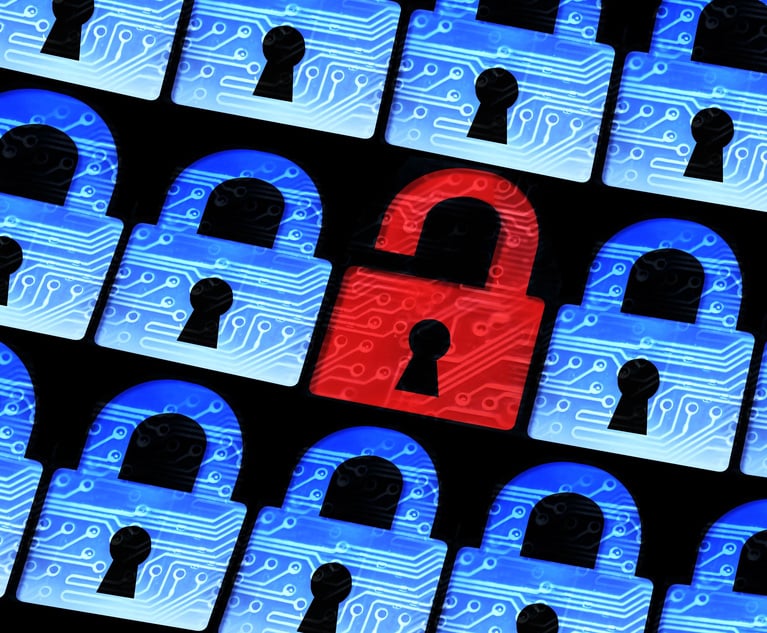When I was a young e-discovery attorney, I would tell the (not e-discovery) associates and partners whom I worked with that “if I can learn this, you can learn this” and state that my goal was to train myself out of a job. As an attorney coming from a decidedly nontechnical background, I believed (and still do), that most attorneys are capable of competently engaging with electronic discovery. After all, it was once common for litigation attorneys of all stripes to handle (or manage) discovery as part of their larger practice. However, as I have spent more time practicing, observing both attorney behavior and the rapid evolution of e-discovery and electronically stored information (ESI), the reality is that e-discovery has emerged as a discrete practice area with dedicated specialists, both legal and technical. As we mark the 20th anniversary of what could be considered the first case in the modern e-discovery era, it is time to consider what will be a reasonable level of engagement for everyday practitioners for the next 20 years.
In 2024, much of work, life, and litigation is fully digital and even those attorneys who are reluctant to take on ESI and e-discovery must be prepared to have it come up in their cases and to address it appropriately. This is a tactical need for effective client service and an ethical obligation: competence is a universal requirement of professional responsibility, as cited in Rule 1.1 of the Model Rules of Professional Conduct and various state and federal bars. Beyond the general obligation of competence, 40 states—including Pennsylvania—have adopted language extending the duty of competence to encompass the “benefits and risks associated with relevant technology.” However, comfort with and competence in e-discovery and related technology is not a given, and it can be daunting for an attorney to contemplate the full scope of what may be needed to competently handle e-discovery, whether for one case or across an entire practice.


 Courtney Murphy of Burns White. Courtesy photo
Courtney Murphy of Burns White. Courtesy photo




